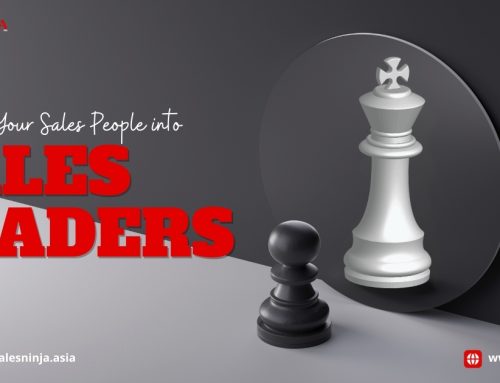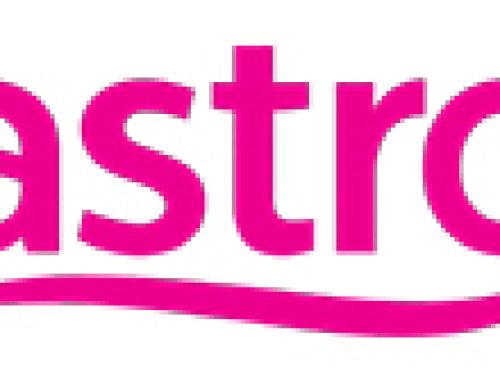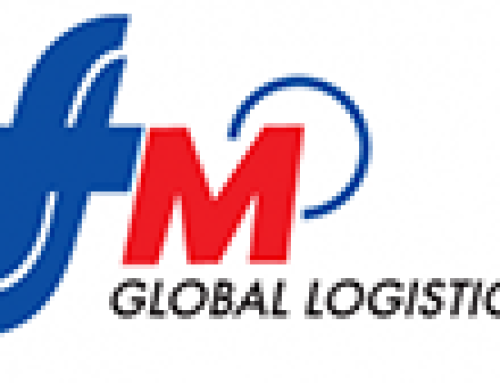In FMCG, a lot of the B2B transactions stem from the middleman: distributors. Suppliers will reach out to the wholesalers and the distributors will be the ones to negotiate for the right deal. However, that was in the 90s and early 2000s.
The digital age has risen to new heights and very fast. B2C has arisen and clashed with the B2B market thanks to how the internet enables fast and easy access for suppliers to directly sell to end consumers. In this article, we will discuss the challenges of distributors in the emerging world.
Market Penetration
Distributors have a problem penetrating new markets because of mainly what’s on paper. Many retailers would want listing & support fees and a lot of local companies simply don’t have it or they can’t afford it.
The competition from bigger and will known distributors like GBA makes it very difficult for small-time distributors to try and make it into new territory.
Shelf Space
You noticed that shelves of hypermarkets or franchise stores are always filled with branded products? That’s because of multiple factors and it’s not just about the price. Inventories like those not only take a long time to settle in but also takes all the shelves available, leaving very little to nothing left for new or local products.
The only way for you to overcome this is to negotiate on many aspects such as delivery speed, after-sales service, and keep a close rapport.
Direct Purchase From Manufacturers
Increasingly efficient logistics systems allow manufacturers to sell more goods directly to end-users, bypassing distributors. New FMCGs either does not have the manufacturing capabilities or can’t compete with those already existing.
The reason being is the tools that enable easy access to suppliers from the retailers or digital distributors that can get orders done faster in any quantity. And as mentioned above, the retailers aren’t making it any easier either.
E-Commerce Takeover
This is a greater problem for distributors who have been in this industry for the past 10 years or so but not moving on to a new avenue. Earlier in the article, we talked about how many FMCGs did things the old-fashioned way by selling into stores to sell out.
From 2009 until the present day, end consumers simply log on to a website like Lazada and make an order and online distributors will sell the items at possibly cheaper rates.
Centralized Buying
Normally, stores would be buying regionally with the distributors as their go-to guy. But now, most stores purchase directly from the FMCG headquarters which gives the stores greater leverage with suppliers and potentially streamlining the entire delivery process.
Centralized buying is likely to eliminate many physical distributors in favor of online distributors that have no problem delivering in any quantity.
Sales Training For The New Age
Every problem listed above has a solution but too many distributors find that changing their tactics and approach is either too much of a hassle or fear that it won’t work when the reality of the current situation explains itself.
Sales Ninja has been through the market change multiple times throughout multiple industries hence we understand how the market works the most. The problem isn’t just the market changing or how easy it is for consumers to get products directly from suppliers but also the mindset of current distributors of refusing to change as well as repeating old and dying methods.
Click HERE to contact us and our Senior Solutions Manager will contact you with a fully customized training program!





Leave A Comment